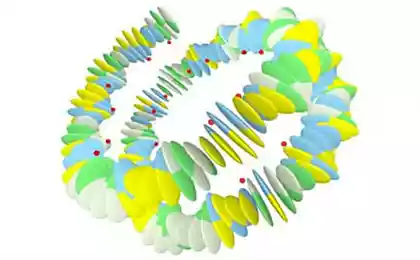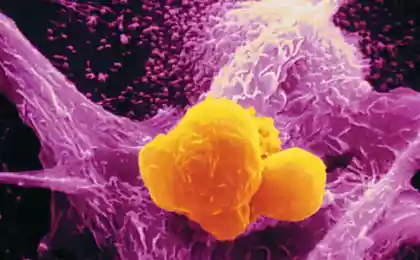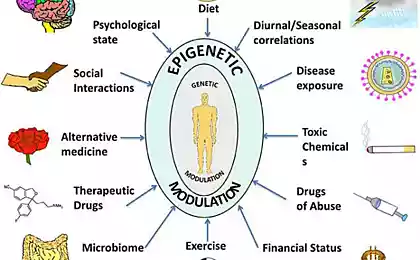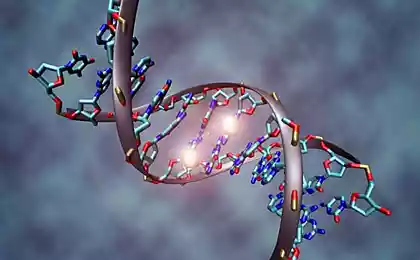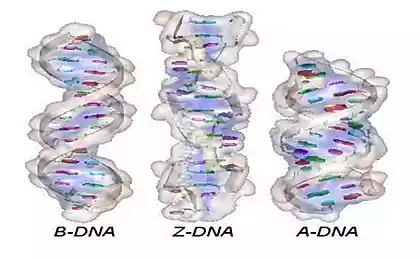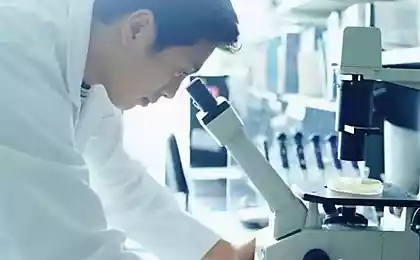501
Programmable human cells
Specialists synthetic biologists have developed DNA modules that perform logic operations in living cells. These "genetic circuit" can be used for tracking the most important moments in the life of the cell or only one movement of a genetic switch to change her fate.
Synthetic biology is working on porting the concepts from electronic engineering to cell biology, treating genetic functions as circuit components. To this end, the experts at mit have invented a set of simple genetic modules that respond to incoming signals similar to Boolean logical circuits used in computers.
"These developments allow us to create programmable cells that have the ability to make decisions, for use in many areas," — said the expert on synthetic biology James Collins, who was not involved in the study. More than ten years ago he invented genetic "switch" which gave impetus to the development of synthetic biology. Since then, a host of computational circuits for cells, including a simple counter, was developed by Collins and his colleagues in 2009.
But to make it really precise technical discipline, need to move to solutions that will give the ability to program cells on a large scale, says a specialist in synthetic biology Timothy Lu, who was the author of a recent study. "We wanted to demonstrate that it is possible to piece together a series of simple parts and to means of solving many logic functions," says the scientist.
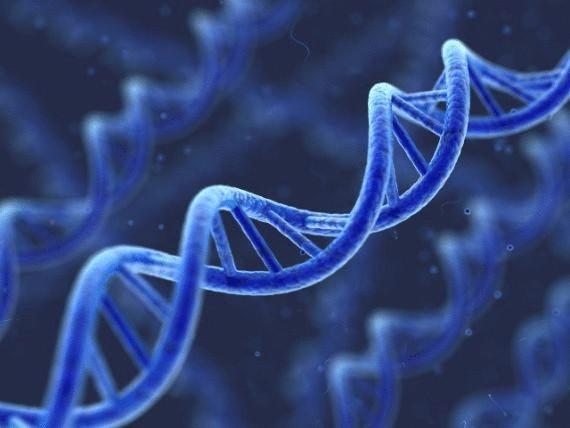
Circular logic
Logic modules Timothy Lu based on plasmids – circular strands of DNA placed in bacteria cells Escherichia coli, i.e., Escherichia coli. Scientists have devised 16 plasmids one for each two-digit logical functions available in the calculation. Each connection includes stimulating and limiting DNA sequences, which respectively start or stop the transcription of genes. In addition, they provided the gene of the output signal that encodes green fluorescent protein.
A key element of the system is the use of enzymes recombinase that is trimmed and rebuilt stimulating and limiting DNA sequence to activate or disable them. In other words, enzymes are recombinase incoming signals that determine the time reading of a gene with outgoings.
For example, an electronic And gate gives a positive output signal only when both inputs are energized. In the genetic version of the gene of the output signal is read only when both bounding sequences between him and a stimulating sequence neytralizuya two input signals in the form of enzymes recombinase.
As noted by Timothy Lu, although recombinase similarly used in the past (for example, to write data into the memory DNA), the current study makes a step forward in using DNA in the process of calculation. "Once you manipulate the DNA is a regulatory element, namely stimulating or limiting the sequence, it gives us the opportunity to exercise control within the cell. And just such control and provides a logical scheme," says the scientist.
Independent researchers call the artificial modules of digital long-term storage of information in DNA. Logic can store a lot of data, for example, information on the presence of the cells in two different environments.
The system has other advantages. The change is permanent, because after the death of the cells have the ability to obtain information from DNA. Modified plasmids are transferred at least 90 generations of cells, and this is an important point for biologists working on getting key information about the history of the cell.
The technique can be useful in biotechnology. Using these "switches" manufacturers could grow cell cultures in which key genes are turned off before the moment of activation of the signal connection, for example, to start the production of the drug at the time of system availability. Other "switches" can stop the proceedings at the time of reaching the limit.
Source: /users/104
Synthetic biology is working on porting the concepts from electronic engineering to cell biology, treating genetic functions as circuit components. To this end, the experts at mit have invented a set of simple genetic modules that respond to incoming signals similar to Boolean logical circuits used in computers.
"These developments allow us to create programmable cells that have the ability to make decisions, for use in many areas," — said the expert on synthetic biology James Collins, who was not involved in the study. More than ten years ago he invented genetic "switch" which gave impetus to the development of synthetic biology. Since then, a host of computational circuits for cells, including a simple counter, was developed by Collins and his colleagues in 2009.
But to make it really precise technical discipline, need to move to solutions that will give the ability to program cells on a large scale, says a specialist in synthetic biology Timothy Lu, who was the author of a recent study. "We wanted to demonstrate that it is possible to piece together a series of simple parts and to means of solving many logic functions," says the scientist.

Circular logic
Logic modules Timothy Lu based on plasmids – circular strands of DNA placed in bacteria cells Escherichia coli, i.e., Escherichia coli. Scientists have devised 16 plasmids one for each two-digit logical functions available in the calculation. Each connection includes stimulating and limiting DNA sequences, which respectively start or stop the transcription of genes. In addition, they provided the gene of the output signal that encodes green fluorescent protein.
A key element of the system is the use of enzymes recombinase that is trimmed and rebuilt stimulating and limiting DNA sequence to activate or disable them. In other words, enzymes are recombinase incoming signals that determine the time reading of a gene with outgoings.
For example, an electronic And gate gives a positive output signal only when both inputs are energized. In the genetic version of the gene of the output signal is read only when both bounding sequences between him and a stimulating sequence neytralizuya two input signals in the form of enzymes recombinase.
As noted by Timothy Lu, although recombinase similarly used in the past (for example, to write data into the memory DNA), the current study makes a step forward in using DNA in the process of calculation. "Once you manipulate the DNA is a regulatory element, namely stimulating or limiting the sequence, it gives us the opportunity to exercise control within the cell. And just such control and provides a logical scheme," says the scientist.
Independent researchers call the artificial modules of digital long-term storage of information in DNA. Logic can store a lot of data, for example, information on the presence of the cells in two different environments.
The system has other advantages. The change is permanent, because after the death of the cells have the ability to obtain information from DNA. Modified plasmids are transferred at least 90 generations of cells, and this is an important point for biologists working on getting key information about the history of the cell.
The technique can be useful in biotechnology. Using these "switches" manufacturers could grow cell cultures in which key genes are turned off before the moment of activation of the signal connection, for example, to start the production of the drug at the time of system availability. Other "switches" can stop the proceedings at the time of reaching the limit.
Source: /users/104


